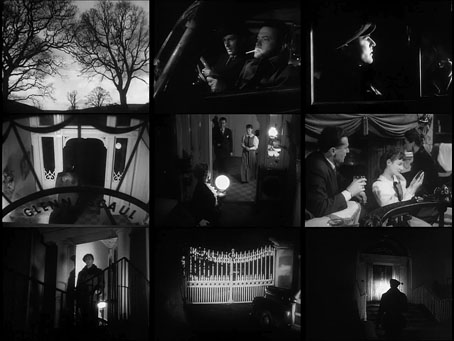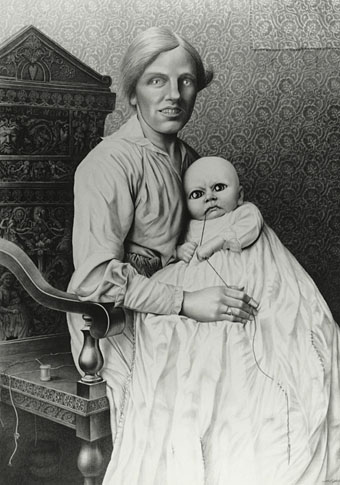Another return, and another short ghost story. Return to Glennascaul (1951) has been presented at times as Orson Welles’ Ghost Story even though it was written and directed by Welles’ friend, Hilton Edwards. Welles is the narrator, and plays himself in the framing section. The story is a version of the old “Vanishing Hitchhiker” urban legend reworked as “a story that is told in Dublin”. What’s most interesting for Welles enthusiasts is that the film reunited Orson with both Hilton Edwards and Micheál MacLiammóir, the directors of Dublin’s Gate Theatre who gave Welles his professional theatre debut at the age of 16. The young Welles had been a keen actor and director of his school’s drama productions so while hiking through Ireland one summer he turned up at the Gate Theatre smoking a cigar and declared himself ready for any leading roles they might have. Edwards and MacLiammóir were amused by his audacity so they took him on. Return to Glennascaul was an opportunistic byproduct of Welles’ film production of Othello (alluded to in the opening scene) for which MacLiammóir had been cast in the role of Iago. MacLiammóir published a very entertaining diary account of the making of the film, Put Money in Thy Purse in 1952. He’s also named as co-producer of Return to Glennascaul which may be watched here.
As usual { feuilleton } will be taking a break for a few days so the archive feature will be summoning posts from the past. Have a good one, and mind how you go.





